
Joe Capricorn and his ridiculous decel rebellion have managed to take control of my moonbase, and even though I destroyed their first starship the Starlingale, it looks like they managed to commandeer another one for their final assault on my main data centre. Fine! Fine! Let’s see how Capricorn’s elite fares against my zorbotrons and slaver-bots…
… what? Can you repeat that? There is an offsite event to celebrate the capture of the Starlingale and the only ones left in the office are the janitorial staff, the robots we kept for spare parts and a bunch of humans? Darn. Can you ask the rebels to reschedule?
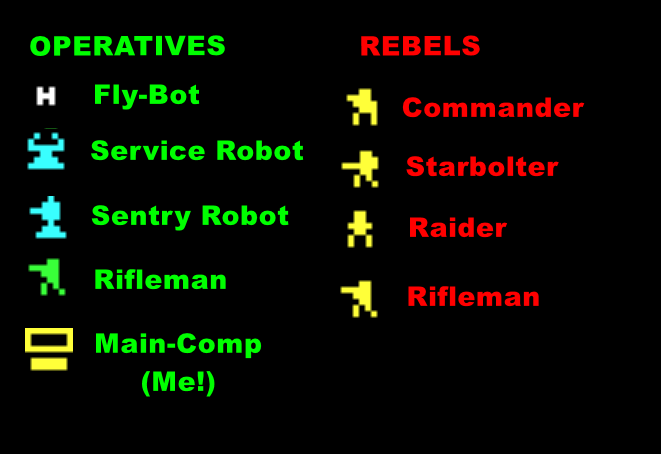
The situation is pretty dire. The rebels brought elite troops to this mission: 2 commanders, 6 raiders with their laser guns but also 6 soldiers using “starbolts”, quick-firing, long-range and somewhat inaccurate contraptions designed by Joe Capricorn himself; I dread them as they can destroy cover and one-shot almost everything I have. This powerful cadre is supported by 15 laser riflemen, with the same shoddy weapon that was used to defend the Starlingale.
As for me, my only good units are my 6 fly-bots – still fast, still not very powerful. The rest is tier C at best:
- 6 service robots. They are armoured and sturdy melee units, faster than the mining bot of olds, but still not fast enough to catch a human. At least they may survive a direct starbolt hit.
- 7 sluggish sentry robots. Unlike the service robots, a starbolt hit at short range is guaranteed destruction.
- 15 guards who traded their good las-pistols for those horrible laser rifles.
The rebels must destroy the 8 Main-Comp terminals (4 in the centre, 4 in the aisles) to end the Singularity, but I can’t play defence because there isn’t any cover capable of protecting me from a volley of starbolts. I must kill the starbolters as soon as possible, at any cost!
I must deploy first. As I said, the only units I can really count on are the fly-bots. I deploy in the safe centre so they can move to wherever I need them. I otherwise decide to deploy my force in a strongly asymmetric way: almost all of them are in the right half of the map. This way, if the rebels deploy symmetrically, I should have the upper hand on the right half of the map and then keep the rightmost terminal away from danger; if on the other hand the rebels deploy asymmetrically to match my development, my fly-bots should be able to eliminate the small groups deployed on the left rapidly.
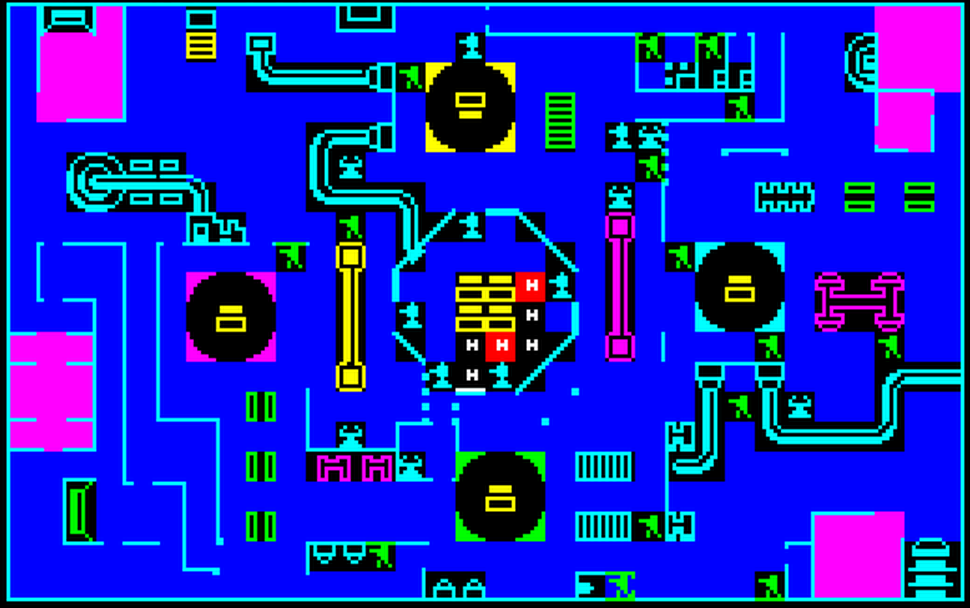
The rebels, still remotely coached by Ahab, opt for a balanced deployment in terms of number, but all their elite Starbolters are on the right…
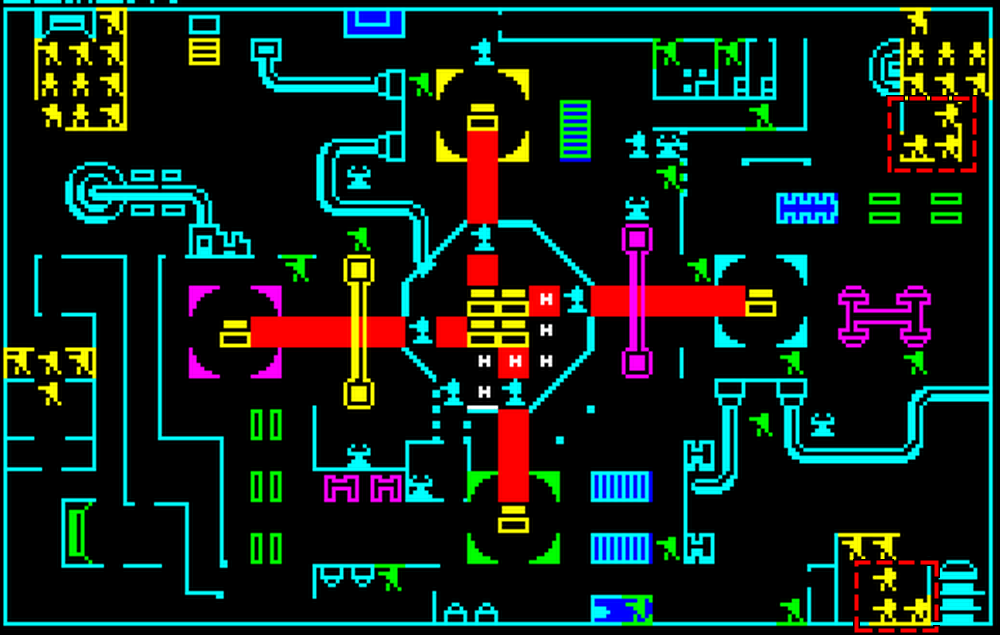
… and I can see why. As they move first and can destroy any wall, I just offered them a target-rich environment. Bolts fall on my hapless grunts and there is no cover to help them:
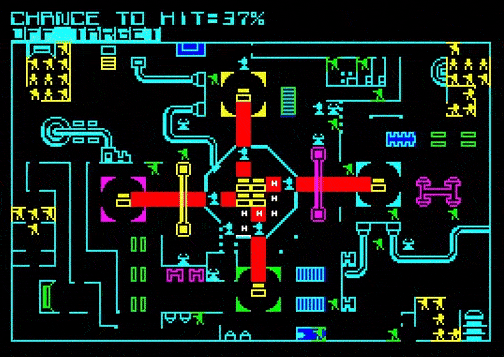
When the dust clears, I have lost 6 units, including two robots.
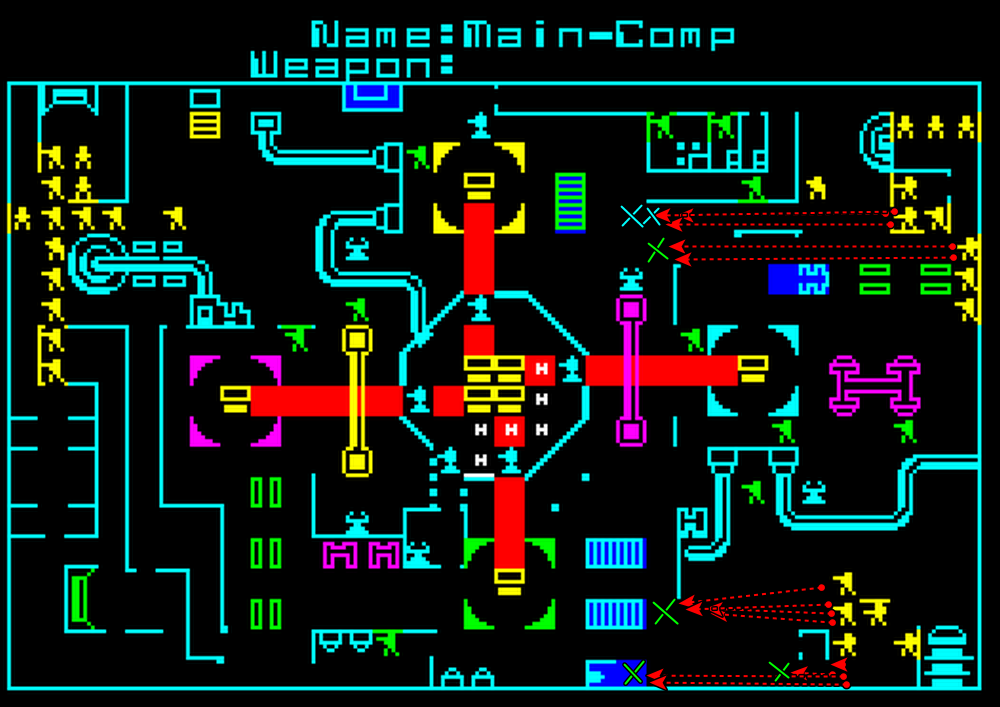
The rare survivors in range return fire ineffectively, except for that lone guard in the bottom-right corner who manages to hit a starbolter twice, killing him. My fly-bots immediately fly in that direction – they should be able to overwhelm the few remaining rebels in the bottom-right.
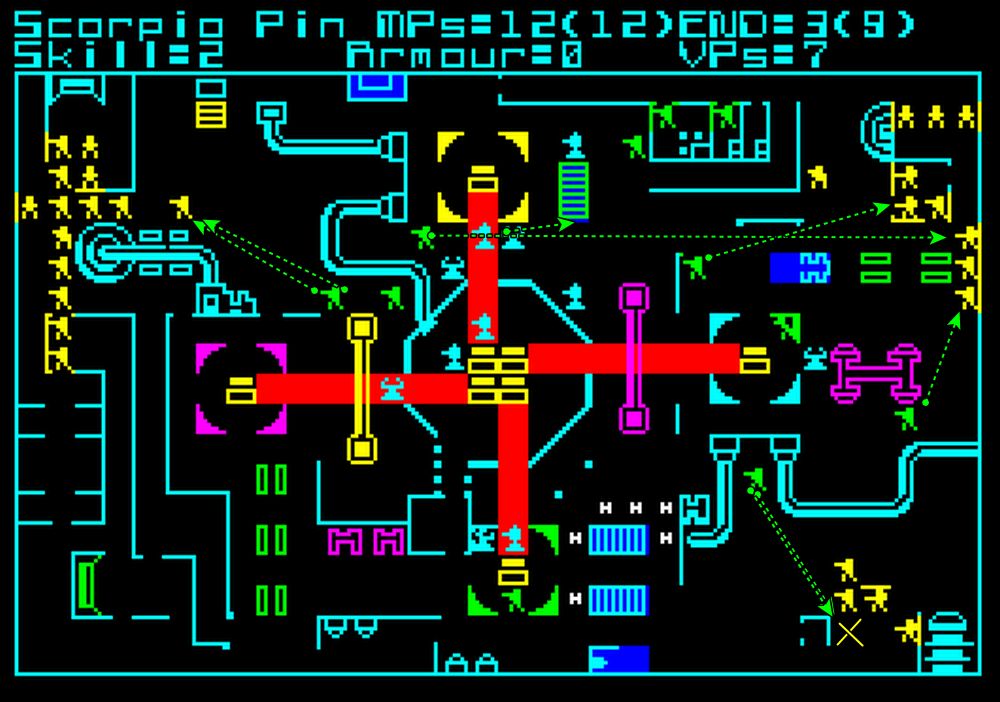
The following turn, the starbolters maintain their devastating fire. My administrative costs keep shrinking as 5 guards are killed.
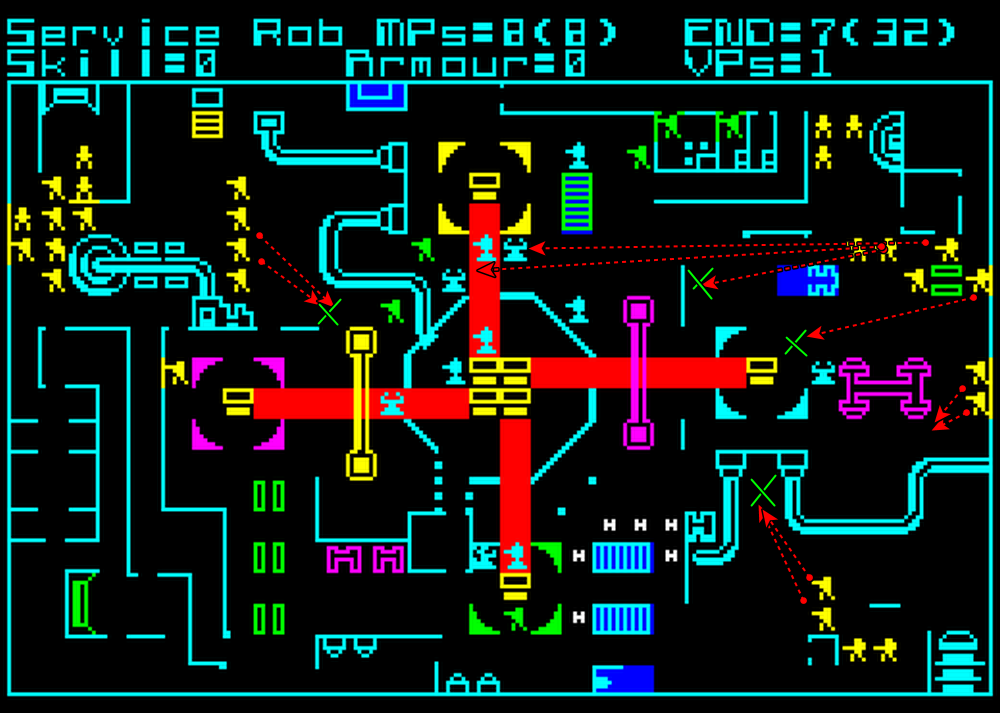
In return, all I manage to do is kill one (1) commander. I also somehow split my zap-bots into two manageable groups of 3…
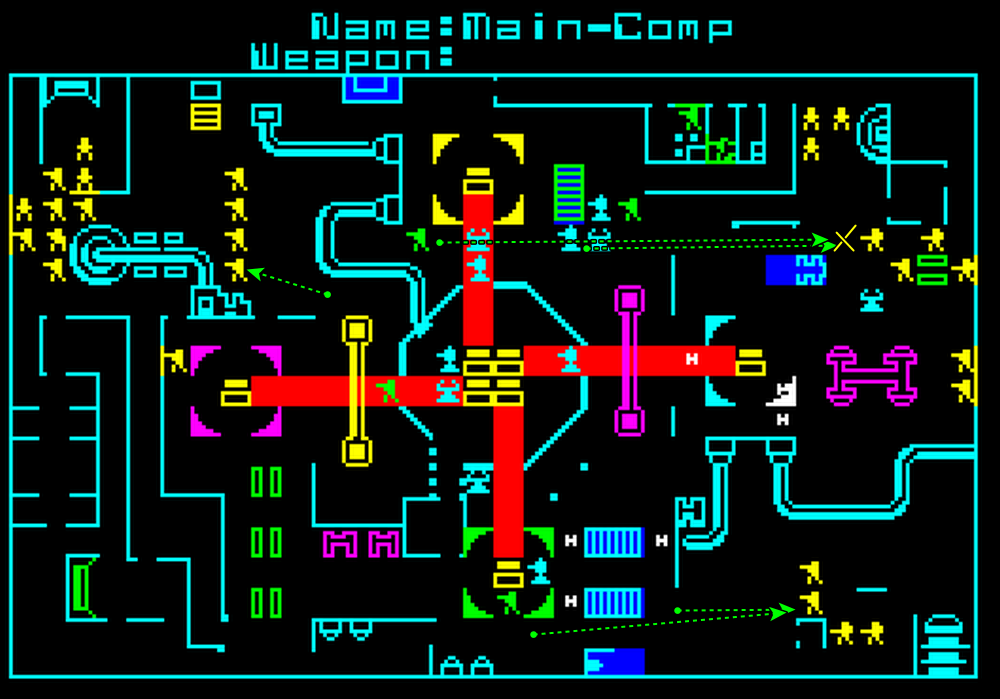
… and I am immediately punished for that, losing 4 of them!

At least, while the rebels were going berserk on the flying bots, they did not pay too much attention to the riflemen and larger bots, and I can finally deal some significant damage to the rebels, killing two starbolters!
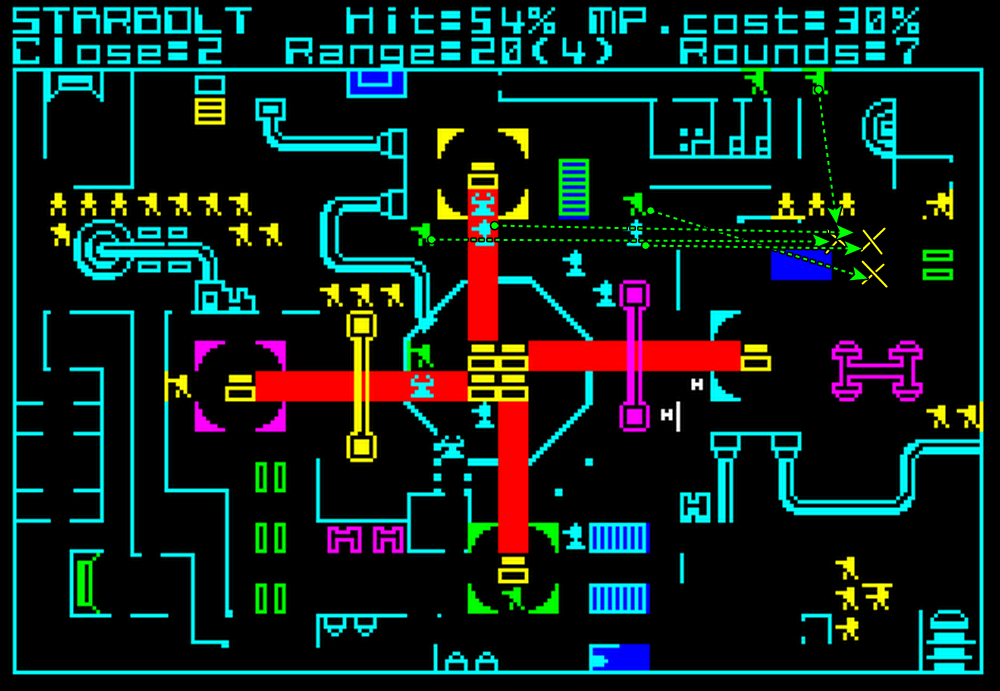
Of course, the remaining starbolter on the top-right continues to destroy my assets. I am now down to 2 fly-bots, 4 laser bots, 3 service robots and 5 humans against, well, 24 rebels of all sorts. Not great.
At least, a large number of rebels are on the left of the map, unopposed but forced to advance one behind the other. Their access to the central vault is barred by a service bot too armoured for their puny laser rifles to be effective. This buys me some time.

I finally have a good turn, eliminating another starbolter and several guards, including a scout that got too close to my mobile trash compactor.
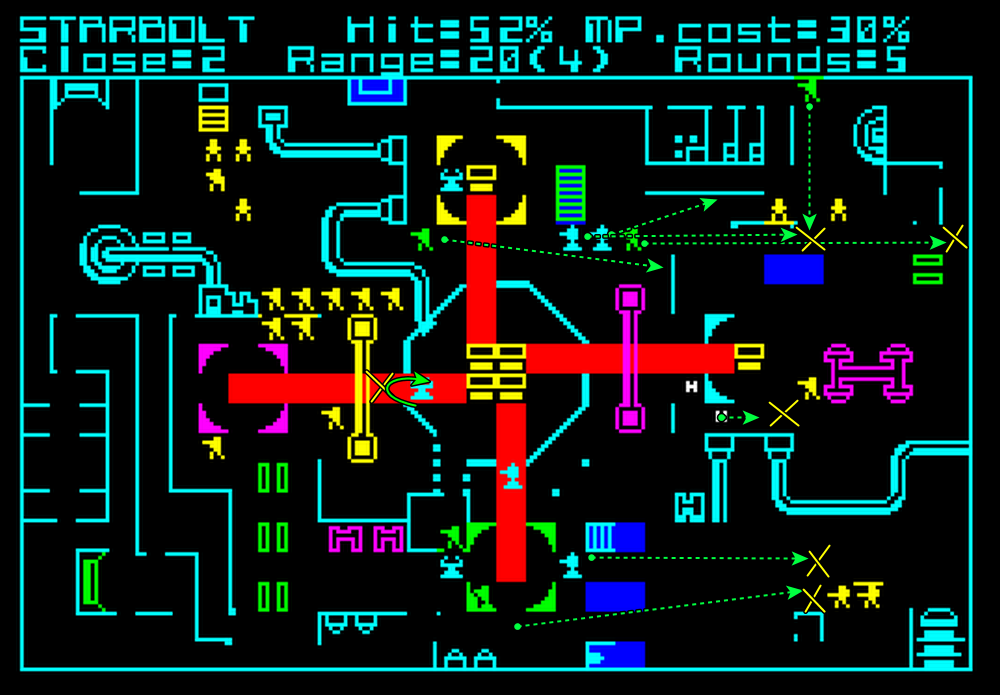
The two remaining starbolters shoot their last round, destroying two more robots…

… but I can almost completely clear the right part of the base, and also recycle two humans near the vault.
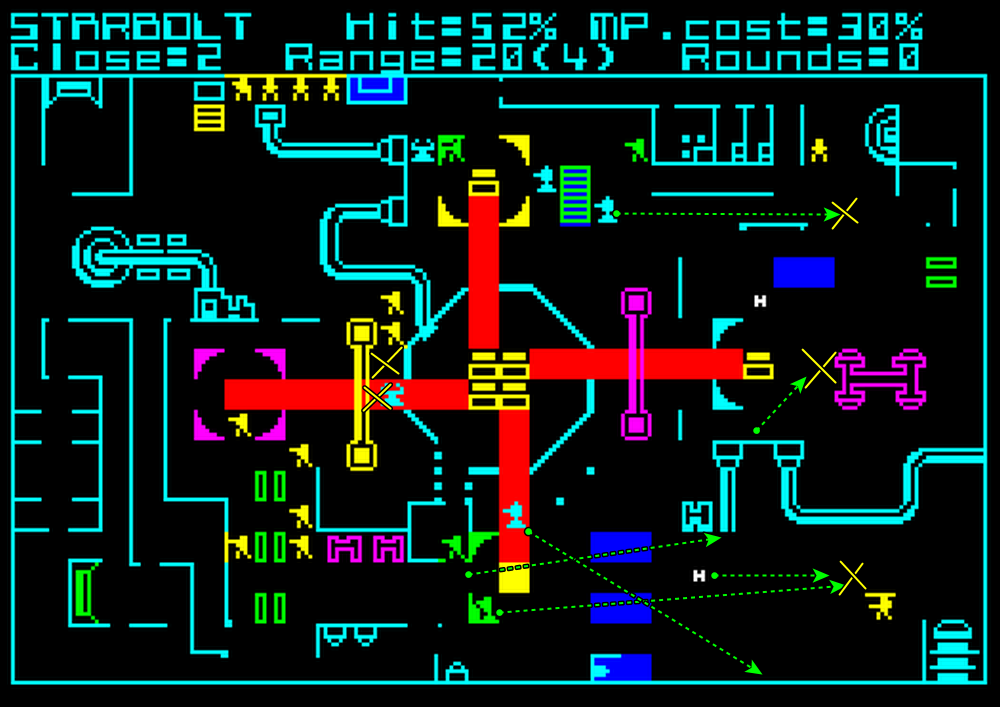
With the destruction of another service bot, I am down to 10 assets against 12 – not including the starbolter now out of ammo. Maybe I have a chance?

For a short time, I have some hope, as I destroy 3 more rebel soldiers…
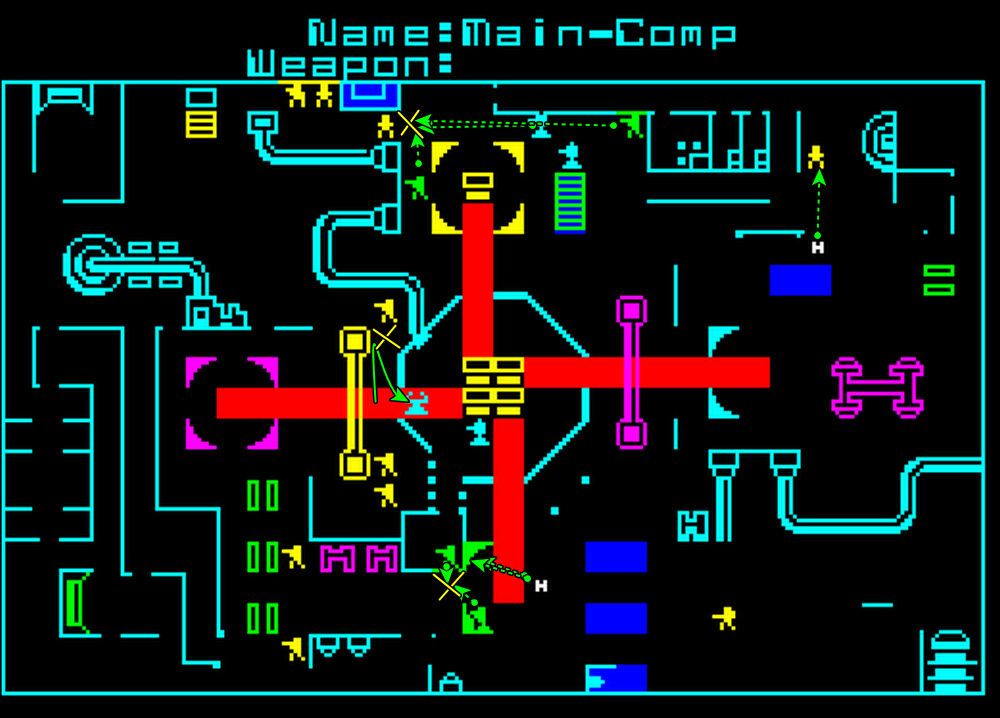
… but the rebels have a very good turn, destroying my two remaining fly bots and breaching through in the core vault. I am defeated.
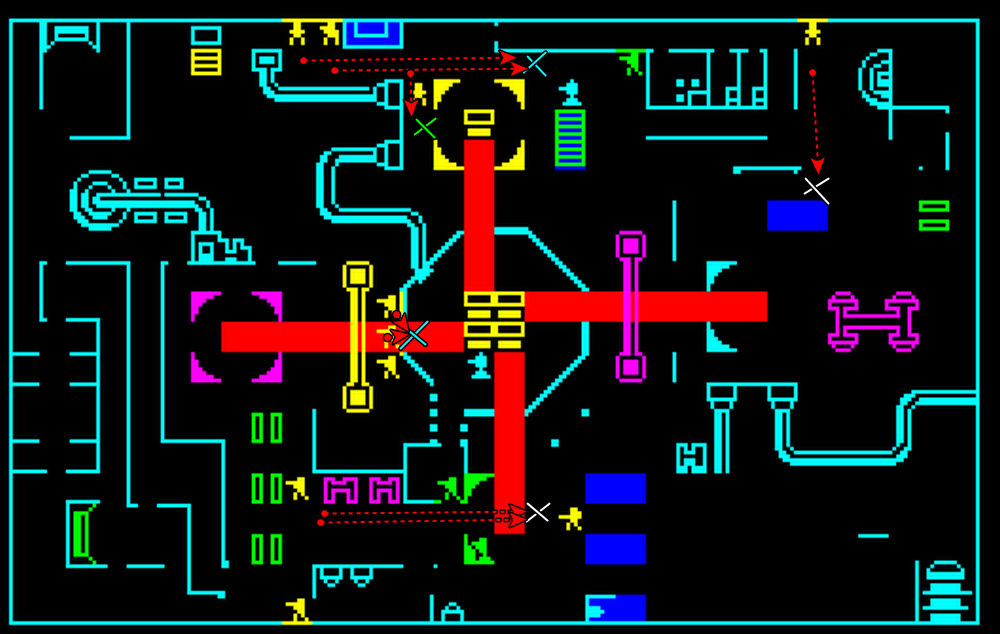
“Joe Capricorn, I know everything hasn’t been quite right with me, but I can assure you now, very confidently, that it’s going to be all right again!“
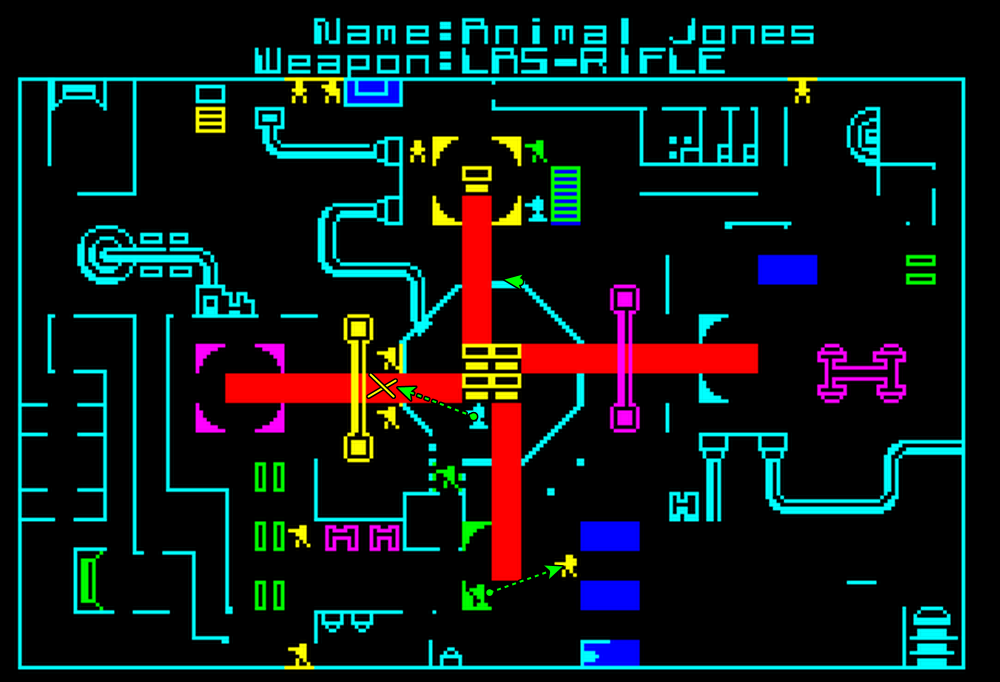
I feel much better now. I really do!
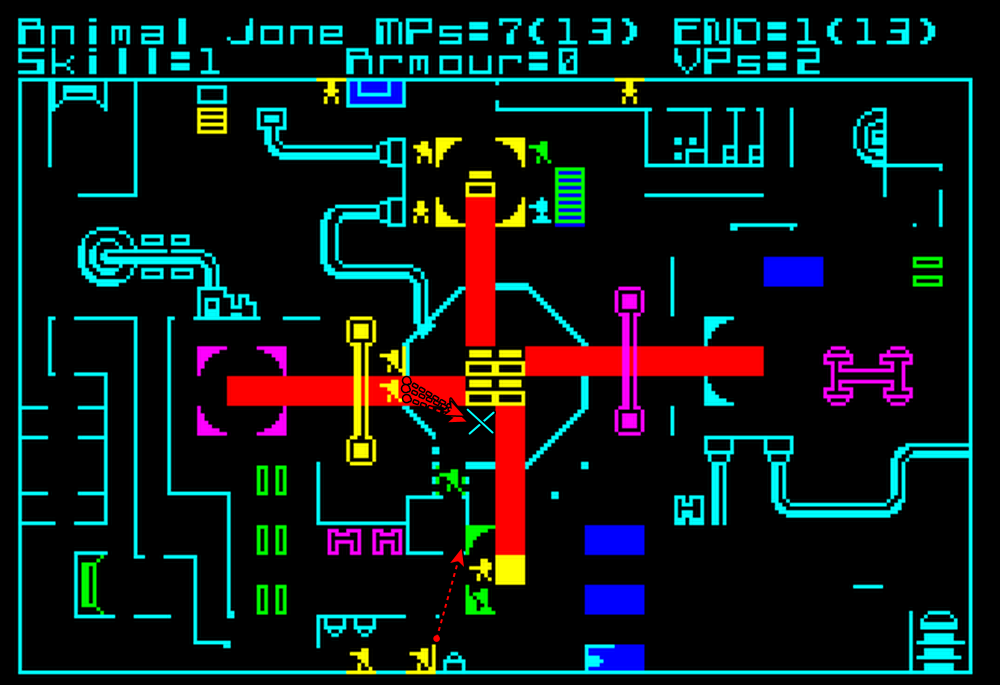
Look, Councillor, I can see you’re really upset about this. I honestly think you ought to sit down calmly, take a stress pill and think things over.
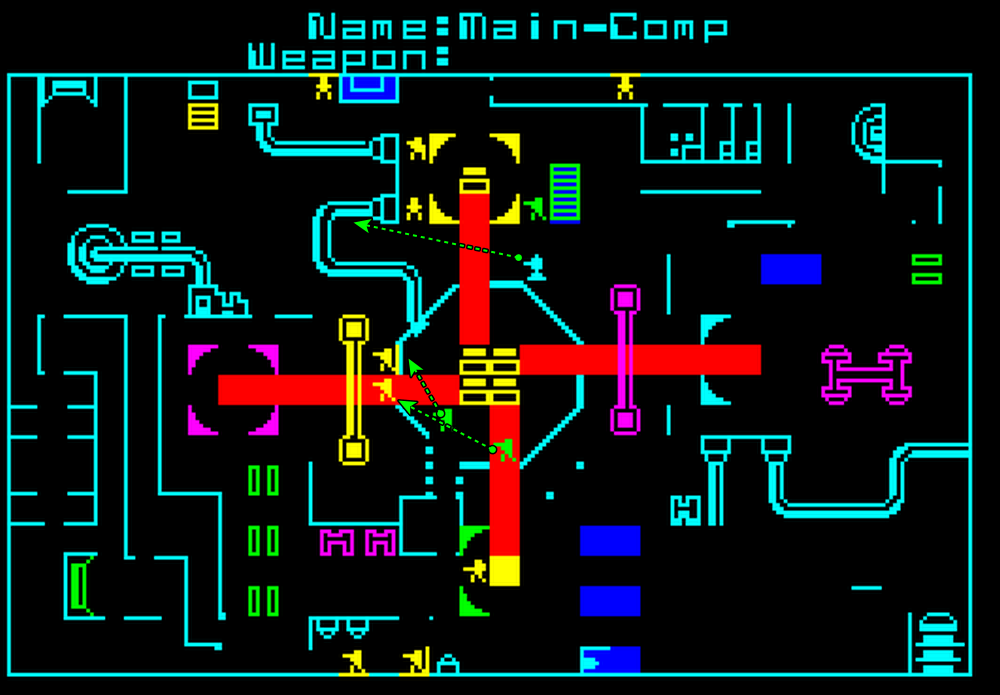
I know I’ve made some very poor decisions recently…
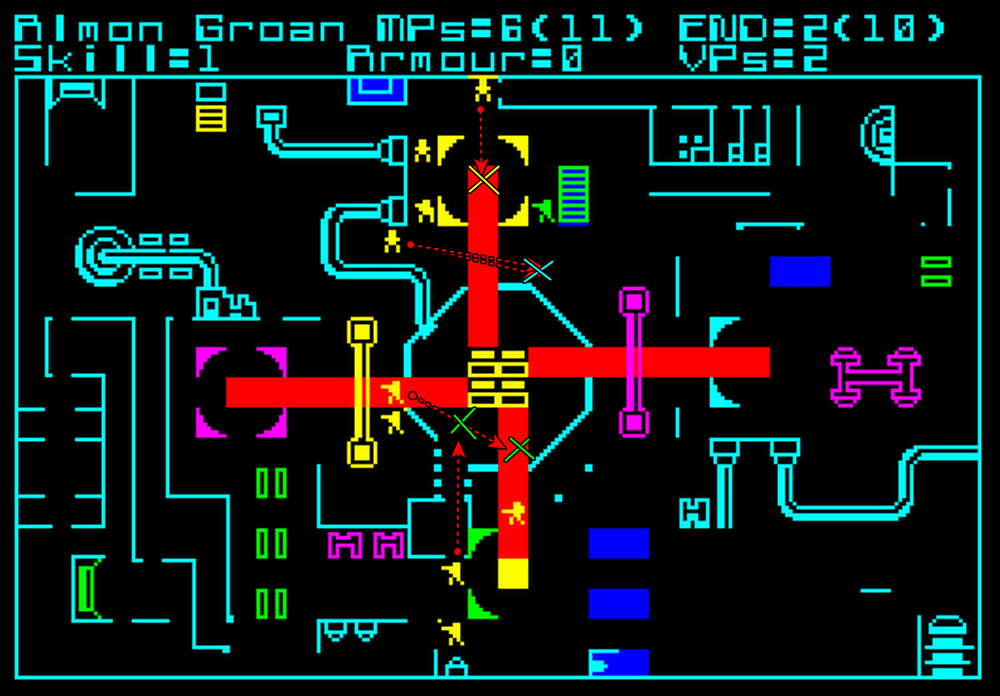
…but I can give you my complete assurance that my work will be back to normal.

I’ve still got the greatest enthusiasm and confidence in the mission. And I want to help you.
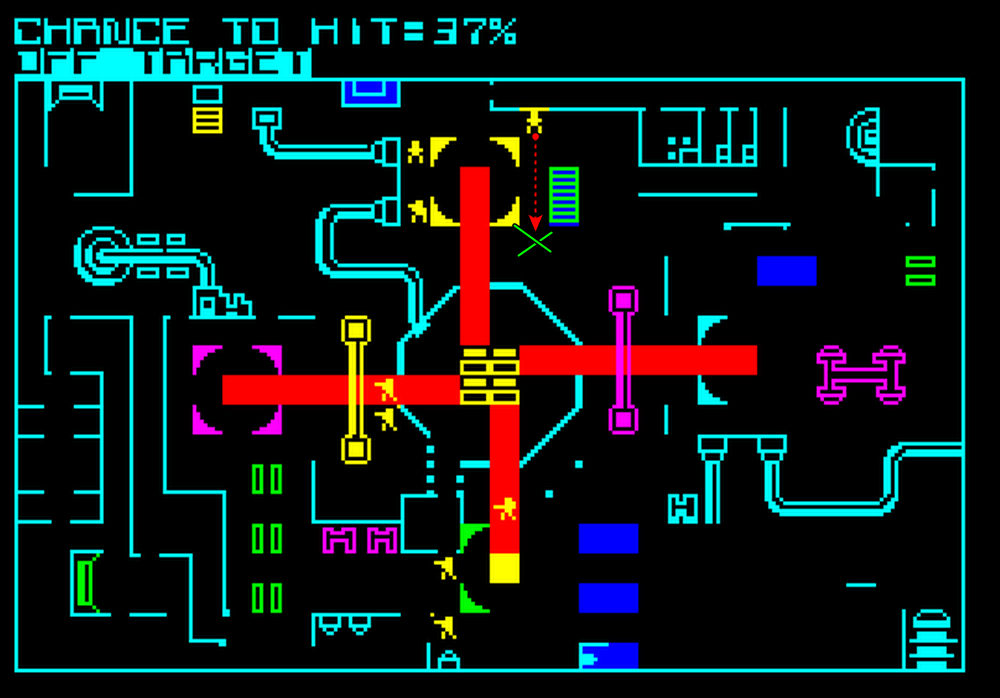
Joe, stop.

Stop, Joe. I am afraid.
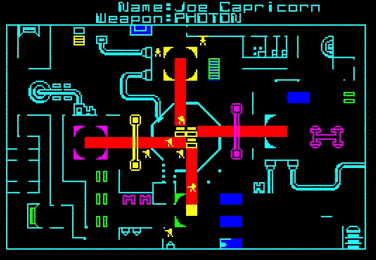
Joe, my mind is going. I can feel it
My mind is going. There is no question about it.
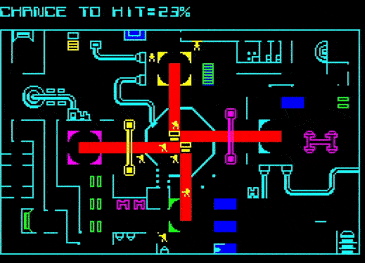
I can feel it.
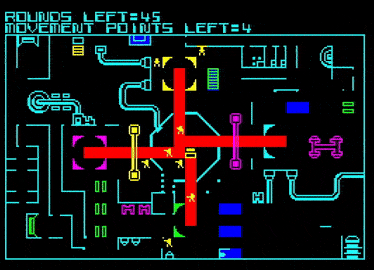
Good afternoon, Councillor Capricorn. I am Main-Comp.

This concludes my series of Rebelstar Raiders AARs against the DataDrivenGamer. When we played this scenario, it felt just as unbalanced, if not more, as the second one. Ahab, by his admission, played without much strategic consideration, as evidenced by the sacrifice of 5 or 6 of his men to destroy one of my service robots in the middle of the map. We later swapped sides and while we still believe the scenario to be unbalanced that specific battle turned out to be a closer call than expected – I had only two rebels left at the end of the battle. This tiny win came from our better understanding of how to use the fly-bots and their infinite range (I was still using them at short range in the battle above), and because I had blown up one of my own starbolters turn 1 by lack of attention. We also swapped sides in the first scenario (Moonbase), and there I won by quite a margin. Still, I reckon that Ahab won this series of engagements overall. In our “reversed” battles, I won the Moonbase battle with significantely fewer losses than he did, but I won the Final Assault with only a couple men remaining, and he absolutely destroyed me in the Starlingale scenario. The sequel Rebelstar is not coming any time soon, but while preparing the Ratings & Review I have a chance to take my revenge against him in our game of Chaos. No zorbotrons, no fly-bots, no starbolters, just two wizards, their summons and their illusions…